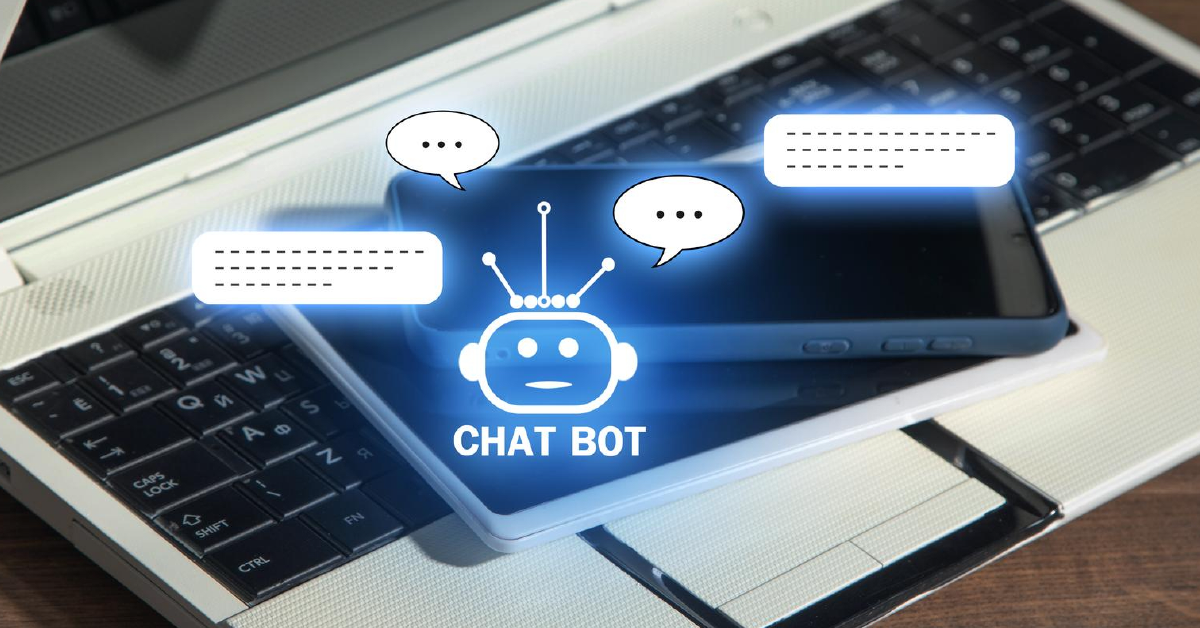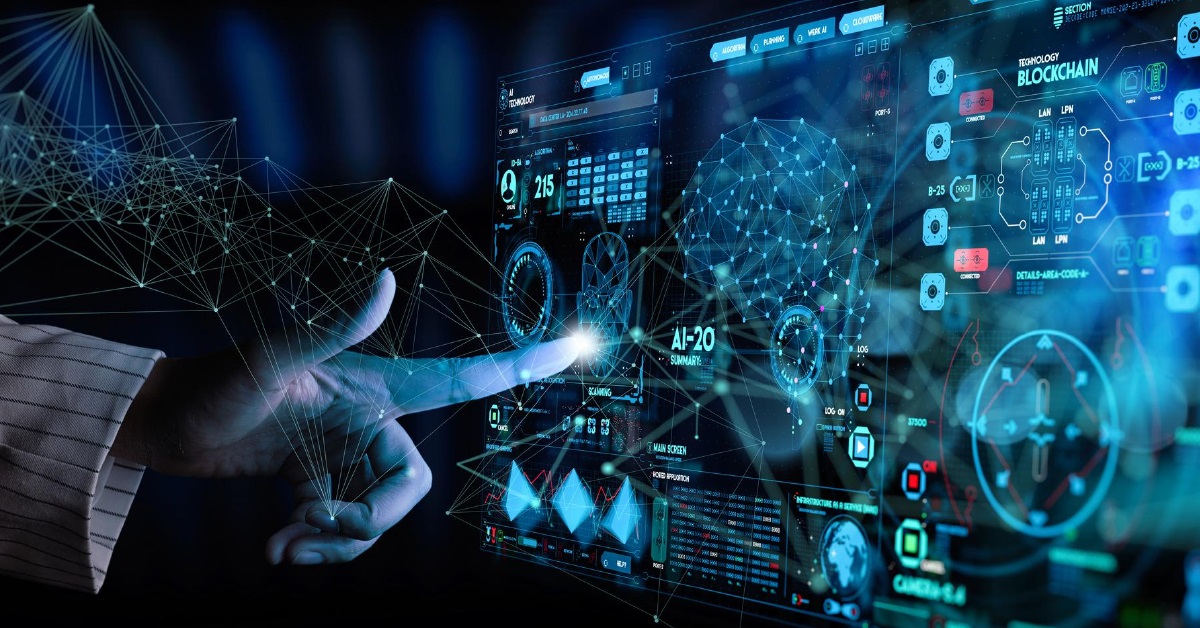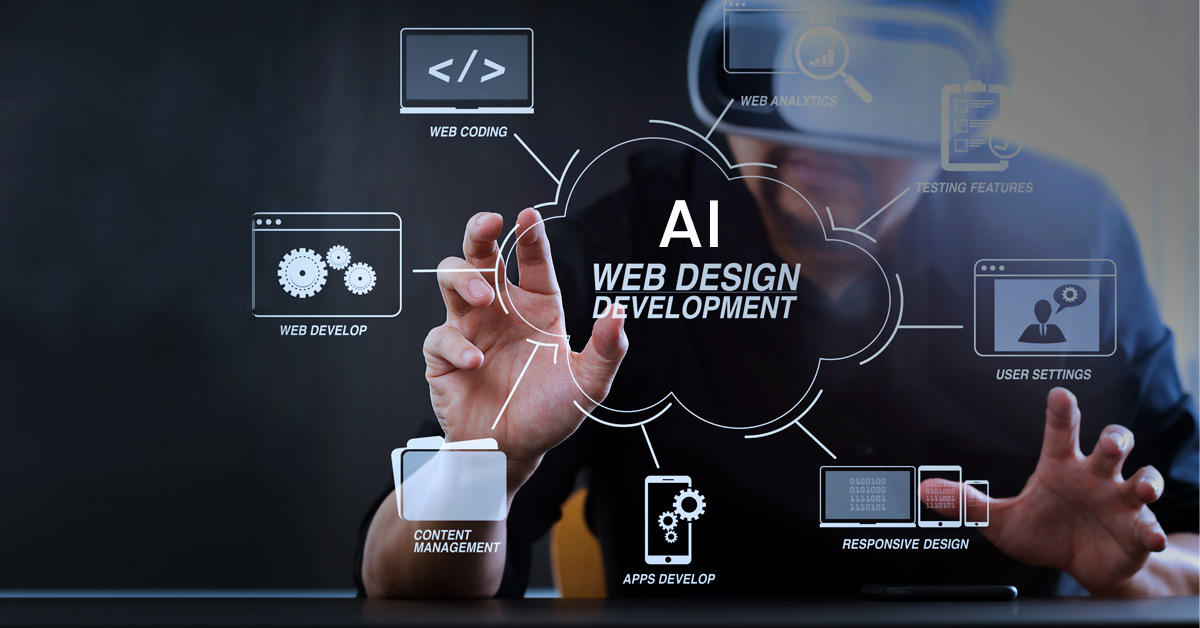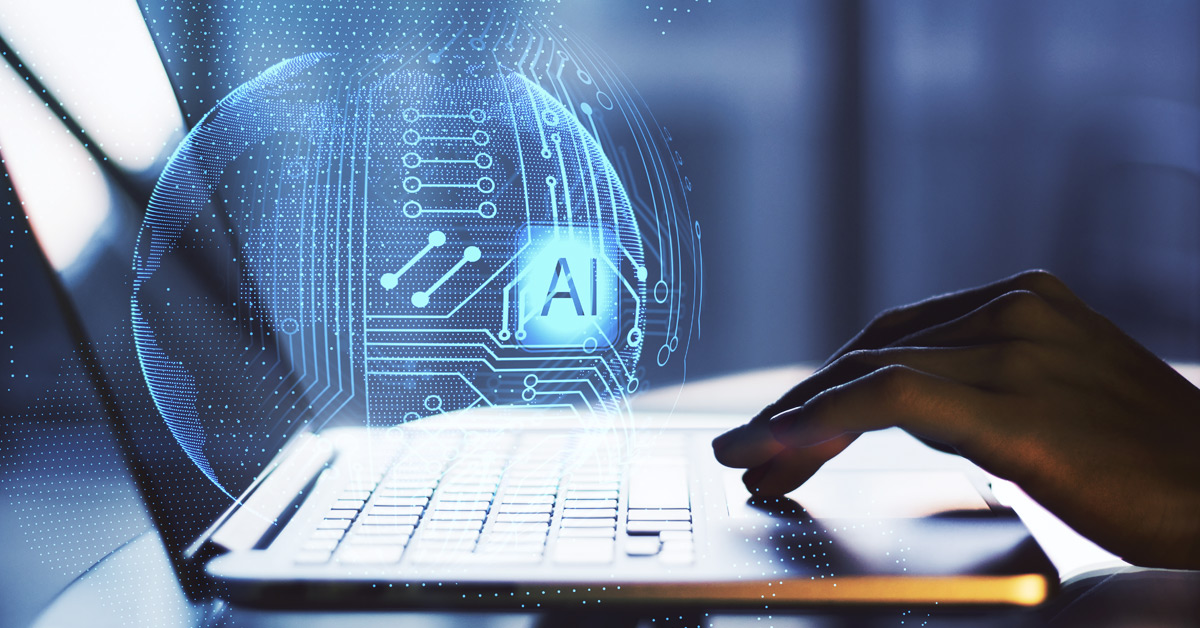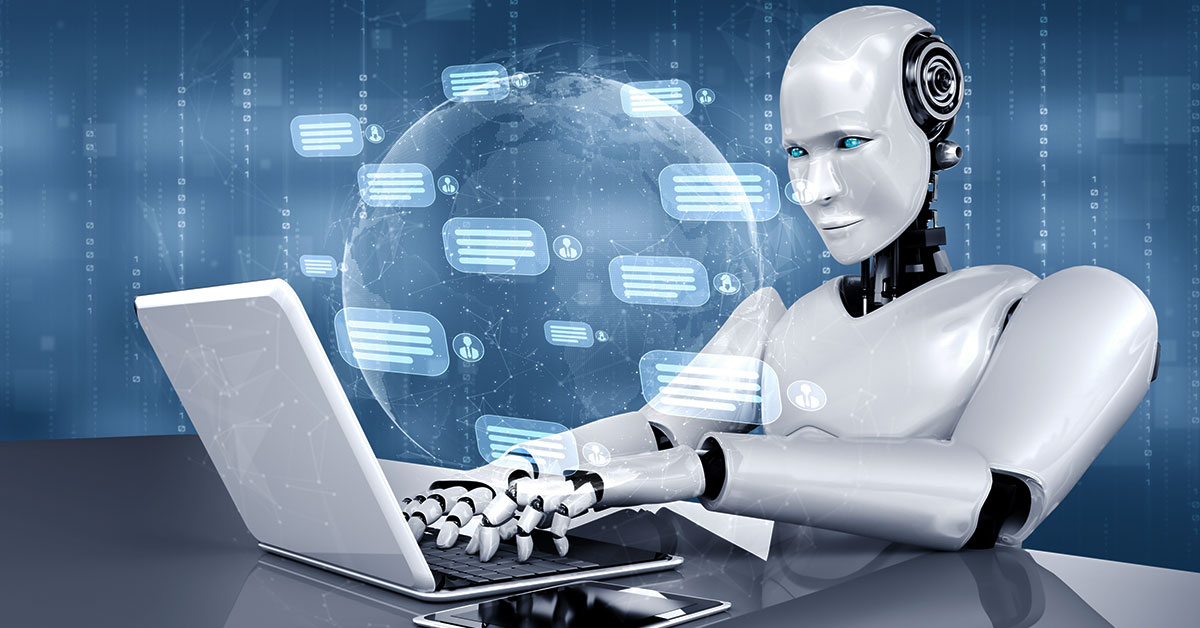Optimizing AI Algorithms for Next-Generation Products

7 min read
The next generation of technologies that have the potential to change our world completely are powered by artificial intelligence (AI), which has become the foundation of innovation. The optimization of AI algorithms is at the center of technological innovation as we enter this new era, opening the door to more intelligent, effective, and compassionate solutions that can significantly enhance our everyday lives. This investigation into AI algorithm optimization provides a path toward actualizing AI’s complete potential in balancing human wants and goals, not merely a technical undertaking.
Role of AI in modern products?
The main goal of artificial intelligence (AI) is to build robots intelligent enough to perform tasks that typically need human brains, such as pattern recognition, problem-solving, and language interpretation. Virtual assistance includes innovative technologies, such as self-learning robots and systems that can have human-to-human conversations.
It is transforming the way people utilize items in the modern world. Personalizing experiences, such as movie recommendations or thermostat adjustments, are done automatically and without your intervention. It also facilitates the use of electronics. For instance, your phone can predict your next type and voice assistants can understand and carry out your requests. Virtual Assistance is a huge deal in the medical field. It assists medical professionals in making quicker and more accurate diagnoses and customizing patient care based on each patient’s unique DNA. Also, it is replacing repetitive duties in various occupations, freeing workers to concentrate on more intricate and imaginative work. It saves money while also improving the efficiency of enterprises.
Additionally, AI protects our digital environment. It monitors networks for indications of potential hackers and uses novel techniques to verify your identity when you access your accounts.
Why is it important to optimize AI algorithms?
Optimizing AI algorithms is analogous to fine-tuning a car to ensure optimal performance. Like how a properly tuned car operates more smoothly and efficiently on less petrol, this becomes faster and smarter when optimized. That implies the artificial intelligence will be able to do tasks, such as speech recognition and image recognition, faster and with less processing power from the computer. Because it is more resource-efficient, it also saves money.
Artificial intelligence is also more accurate when it is optimized. Being precise as much of the time is vital for critical jobs like weather forecasting and health scan verification. It’s similar to ensuring that the GPS in your car directs you in the right direction so you stay aware of the situation.
People may enjoy simpler and more engaging experiences when artificial intelligence performs better, whether when they receive movie suggestions or assistance from a digital assistant. It’s like driving a car that starts right up and doesn’t break down.
Optimized AI is more able to adapt to changing circumstances and new information as the world does, just like a well-maintained car is more dependable when traveling long distances or across uneven terrain.
Ultimately, it is essential to ensure that Artificial Intelligence operates fairly and does not make biased conclusions. Akin to modifying an automobile to ensure everyone is secure and comfortable within, we may lessen injustice by appropriately fine-tuning AI.
What factors influence the performance of AI algorithms?
Several important aspects affect how well AI algorithms perform, which is essential to modern technologies like autonomous vehicles and virtual assistants. The quality and quantity of data an AI system is trained on are necessary for its performance; like a building’s foundation, rich and varied data ensures that the AI can see patterns and make predictions accurately. The algorithm’s architecture plays an equally important role since an organized design avoids errors and facilitates effective information processing, much like a carefully planned blueprint assures the integrity of a building project.
The capabilities of machine learning algorithms have been greatly enhanced by increased processing power, giving them the tools they need to quickly and efficiently evaluate large, complicated datasets, just like a powerful engine improves a car’s performance. In addition, the length of the training period is a significant factor in influencing the accuracy of AI systems; longer training periods facilitate a more comprehensive learning process, similar to the advantages of repeated practice in developing a skill.
Like misinformation, which can mislead students, bias in training data can skew an AI’s decision-making and result in conclusions that may not be fair or accurate. To counteract this, user feedback becomes an essential post-deployment component, providing real-world application insights and pointing out areas requiring work; similarly, consumer reviews can enhance products.
Moreover, the openness and explainability of these algorithms become important when AI starts to seep into delicate domains like healthcare and legal decision-making. The necessity for clarity in the intricate processes underlying AI-driven decisions is highlighted by the fact that understanding and explaining the decision-making process promotes confidence and permits the ethical assessment and improvement of AI systems.
What are the techniques for optimizing AI algorithms?
Developing effective and high-performing AI systems depends heavily on techniques for optimizing AI algorithms. Technology is advancing so quickly that optimizing AI algorithms is necessary to meet the growing demand for more intelligent and faster goods. Few methods that can be used to improve AI-based algorithms for upcoming products are mentioned here.
-
Data Pre-processing
Pre-processing data is an essential phase in optimizing an AI algorithm. Large datasets must be sorted and cleaned to eliminate extraneous or irrelevant data. In doing so, it simplifies the data and makes it possible for the algorithm to be trained more effectively. Data normalization techniques like feature scaling can enhance an algorithm’s performance by bringing all input values into a comparable range.
-
Feature Selection
Choosing pertinent features from a dataset that are most helpful in reaching the intended result is known as feature selection. It helps make complicated datasets simpler and less dimensional, which facilitates easier algorithm processing. In addition to increasing productivity, this method avoids overfitting, essential for creating reliable and accurate models.
-
Hyperparameter Tuning
Hyperparameters regulate how an algorithm learns and carries out its work. An algorithm’s performance can be greatly improved by optimizing these parameters, which adjust the algorithm’s batch size, regularization, learning rate, etc. The best hyperparameters for an algorithm can be found using methods like random or grid search.
-
Caching
The practice of keeping frequently used data in memory rather than continuously requesting it from disk during runtime is known as caching. This strategy increases speed and efficiency because accessing data from memory is significantly faster than retrieving it from disk every time it is needed.
-
Pruning
A neural network model can be made smaller without noticeably compromising accuracy by pruning, which eliminates superfluous connections between neurons. Making complicated networks simpler not only expedites computation but also avoids overfitting.
-
Model Ensemble
In ensemble learning, several models are combined to produce a performance that is superior to any one model. Ensemble models can decrease errors and generate more accurate results by utilizing the advantages of many techniques.
AI algorithm optimization is an ongoing process that calls for continuous assessment and development of optimization algorithms. Using these methods can greatly increase an algorithm’s speed, accuracy, and efficiency, making it appropriate for use in next-generation goods.
However, the method chosen may differ based on every project’s particular demands and specifications. Thus, to determine which optimization strategy is most appropriate for a given AI system, it is important to examine and evaluate several approaches thoroughly.
Advancements in AI algorithm optimization
Artificial intelligence (AI) has a bright future since new developments constantly improve AI’s intellect and productivity. Consider AI a self-learning system that improves over time, much like human learning. The advancements in machine learning and neural networks—methods of building artificial intelligence that can process information similarly to human brains—are responsible for this improvement. By these developments, AI is now even more capable of understanding speech and images.
The development of customized computer chips for artificial intelligence is another exciting advancement. Compared to standard computer chips, these chips are intended to do virtual assistance tasks far more quickly and effectively. AI is becoming faster and more capable on various devices, including our phones and home appliances. It’s like having a supercharged engine designed for racing automobiles.
These developments are opening up some incredible opportunities for brand-new goods and services. Imagine conversing with a virtual assistant who truly understands you or even safer self-driving automobiles that make better decisions. Additionally, efforts are underway to replicate the human brain’s efficiency by tightly integrating AI’s hardware and software. It could increase AI’s strength and energy efficiency, creating new applications for AI in settings where energy conservation is essential.
Conclusion
In conclusion, countless ways improved AI algorithms may reshape our environment. These algorithms have enormous potential to change industries and enhance our lives, from specific healthcare to self-driving cars that make our roads safer. People can fully utilize AI and open the door to a more accurate, efficient, and morally upright future by always aiming for optimization.
FAQ
1. What does optimizing AI algorithms mean?
Optimizing AI algorithms involves refining and enhancing the performance of these algorithms to improve their efficiency, accuracy, and speed. This process ensures that AI-powered products can meet the demands of complex tasks and large data sets, delivering high-quality results in real-time.
2. Why is optimization crucial for next-generation AI products?
Optimization is crucial because it enables AI products to operate within the constraints of real-world applications, such as limited computational resources, energy efficiency requirements, and the need for instantaneous responses. It ensures that these products can deliver innovative solutions, superior user experiences, and competitive advantages in the market.
3. What are some common techniques for optimizing AI algorithms?
Common techniques include pruning and quantization for reducing model size, transfer learning for improving learning efficiency, hyperparameter tuning for enhancing model performance, and employing more efficient neural network architectures like convolutional neural networks (CNNs) or recurrent neural networks (RNNs).
4. Can AI optimization help in reducing the environmental impact of AI technologies?
Yes, optimizing AI algorithms can significantly reduce the environmental impact by making AI systems more energy-efficient. By requiring less computational power and resources, optimized AI systems minimize the carbon footprint associated with data processing and storage.
5. How do developers ensure that optimized AI algorithms remain ethical and unbiased?
Developers can ensure ethical AI by incorporating fairness and bias detection techniques during the optimization process, using diverse and representative training datasets, and continuously monitoring and adjusting models to mitigate any emerging biases or ethical issues.
6. What is the impact of optimized AI algorithms on data privacy?
Optimized AI algorithms can enhance data privacy by enabling more efficient on-device processing, reducing the need to transmit sensitive information to the cloud. Additionally, techniques like federated learning allow AI models to learn from decentralized data sources without compromising user privacy.
7. How will AI optimization shape the future of technology?
AI optimization will enable the development of more advanced, efficient, and personalized AI solutions across various sectors, including healthcare, finance, transportation, and entertainment. It will facilitate the creation of next-generation products that are capable of solving complex global challenges and enhancing everyday life.
8. Where can I learn more about optimizing AI algorithms?
To learn more about AI optimization, consider exploring academic journals, attending AI conferences, participating in online courses from reputable institutions, and engaging with the AI research community through forums and social media platforms dedicated to AI and machine learning advancements.
Published: February 29th, 2024

